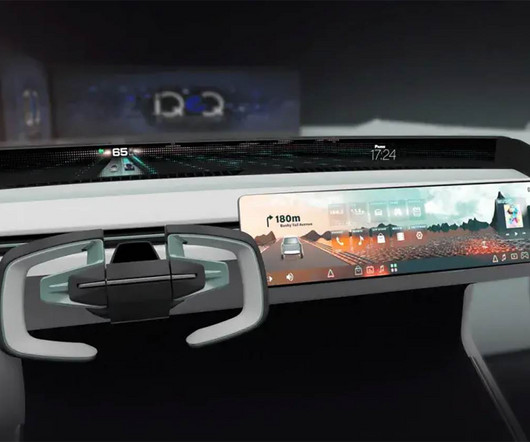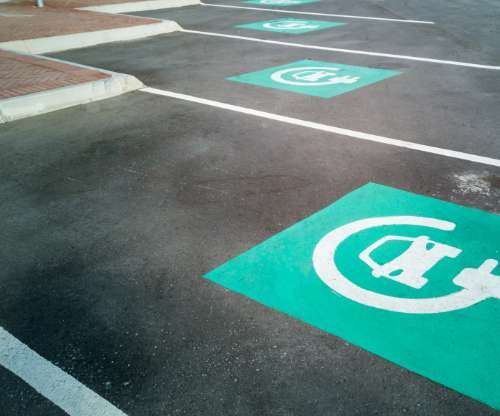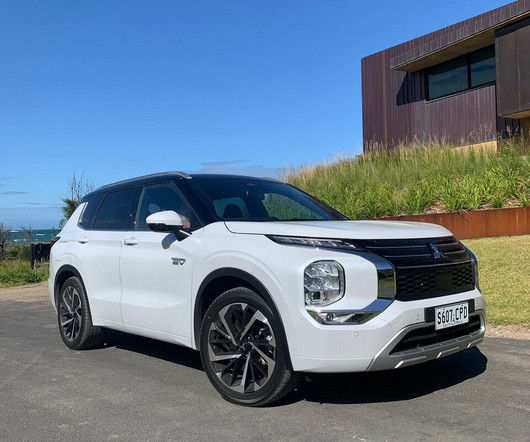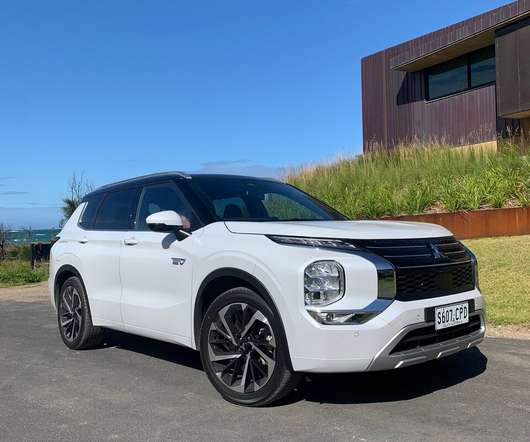Hybrid hype: types, tech, and the road ahead
Baua Electric
JANUARY 21, 2024
A hybrid vehicle is powered by at least one electric motor and a gasoline engine, and its system recovers energy through regenerative braking. Sometimes the electric motor does all of the work, other times the combustion engine does, and sometimes both work together. As a result, less fuel is burnt, and the fuel economy improves.











Let's personalize your content